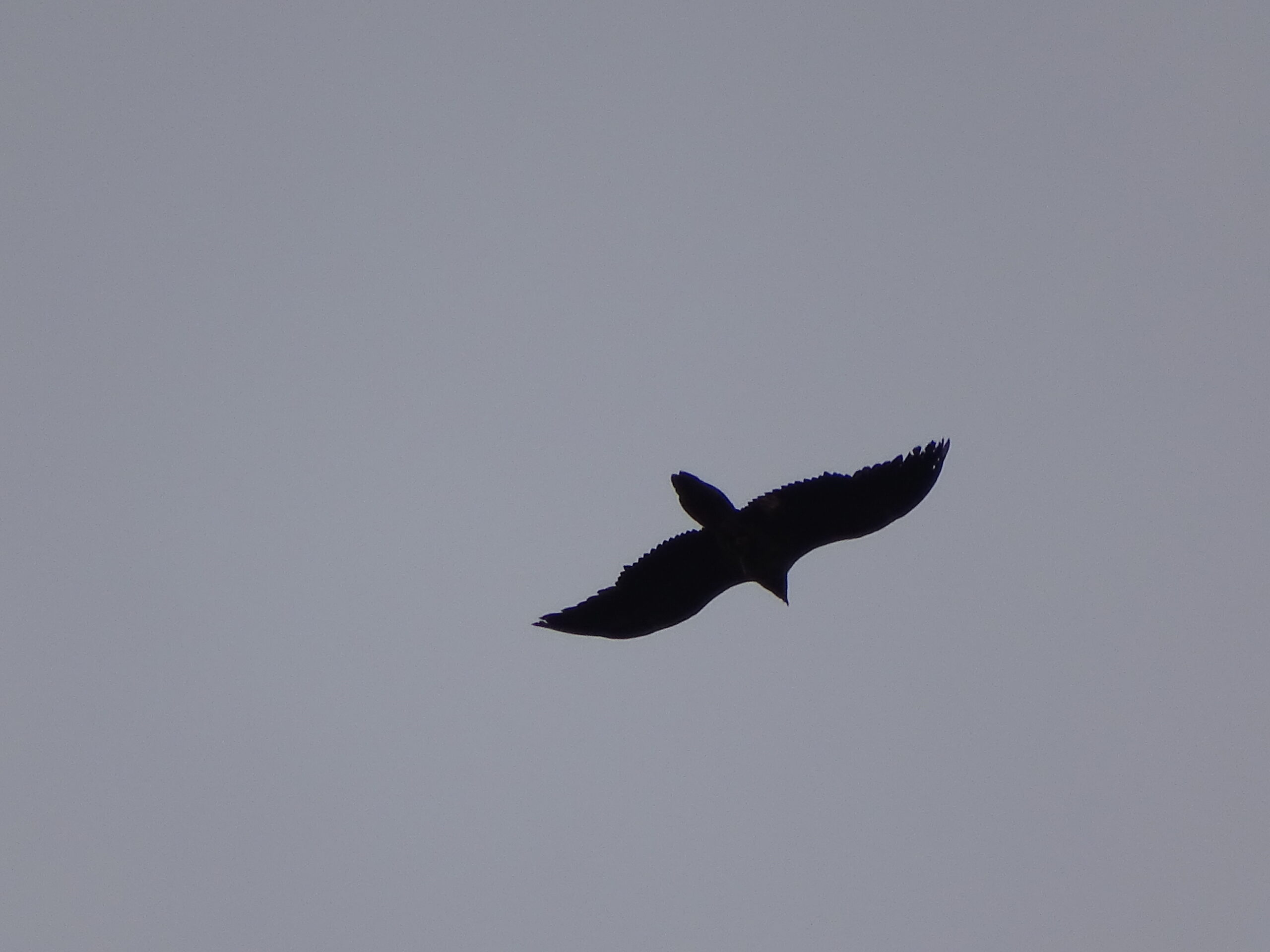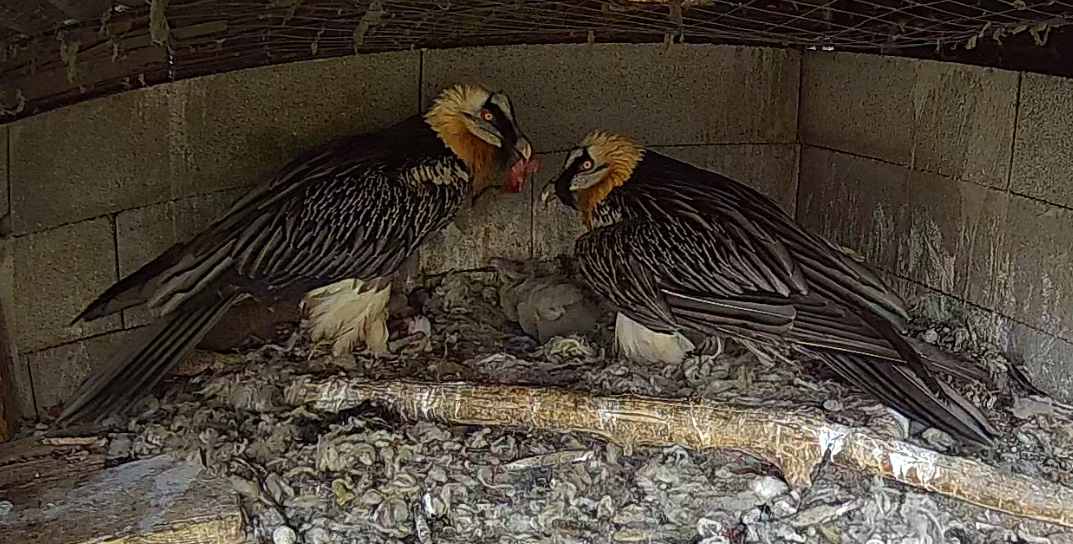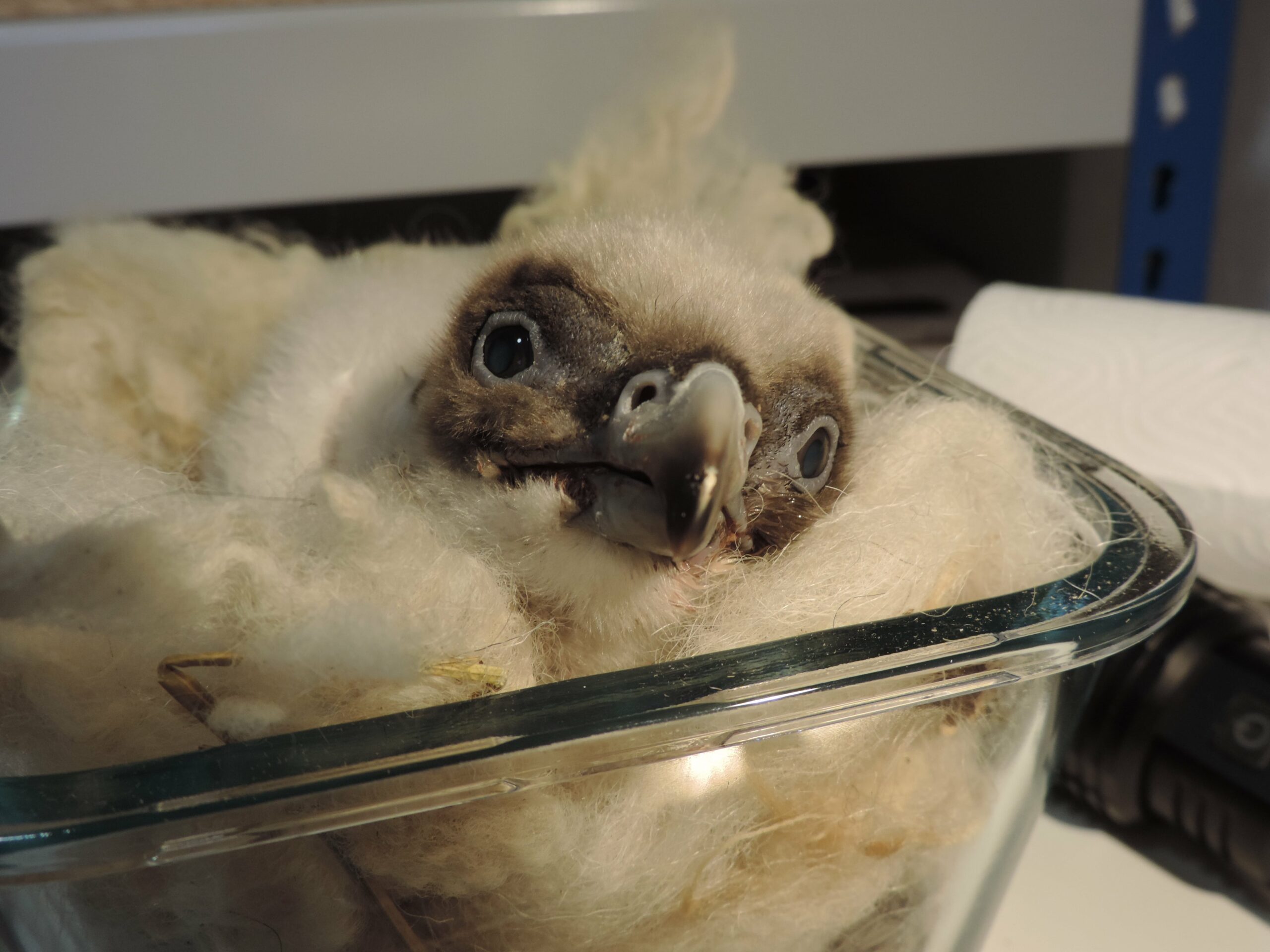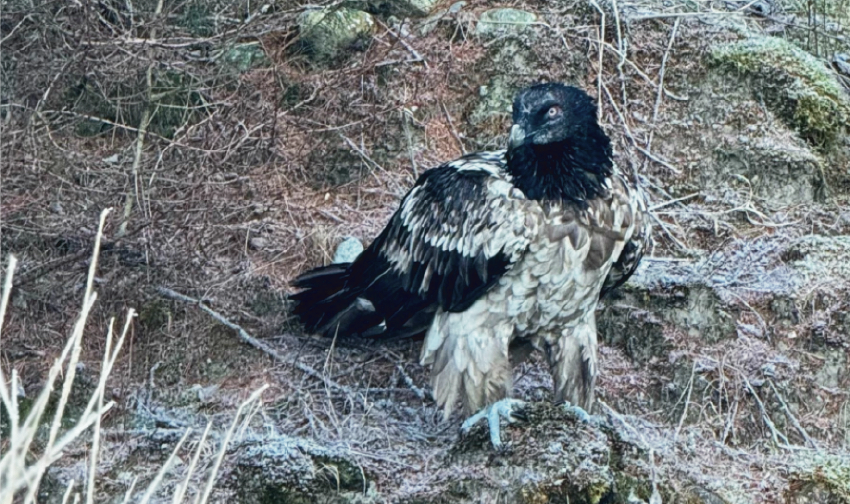
Every hatchling counts when it comes to conserving the Bearded Vulture, Europe’s rarest vulture species. The species that nearly went extinct in Europe during the 20th Century is beginning to thrive again in the wild thanks to cross-border conservation efforts, and the first chick of the 2020/21 captive-breeding season plays an important part in this comeback.
Europe’s first Bearded Vulture chick of 2021 hatches in Austria
On 23 January 2021, the first Bearded Vulture chick of this year hatched at the Richard Faust Bearded Vulture Specialised Captive Breeding Centre (RFZ) in Austria. Some days have gone by, and the currently unnamed chick seems to be growing healthy with its parents tenderly looking after it.

The chick’s dad hatched in 1989 and is a Cretan descendant while its mother hatched in 1992. Both parents had different partners in the past, but ever since they formed a pair in 2001, they have been very productive breeding birds. In fact, the female laid 34 eggs, of which 26 hatched and 24 survived. The pair is currently rearing their newly hatched chick while their second egg has been removed. They cannot rear the second chick due to an evolutionary behaviour called ‘cainism’ where the oldest chick kills the youngest chick in the nest, so Hans Frey, the manager of RFZ, removed the other egg from the nest before it hatched. The good news is that the second egg is fertile and will hopefully hatch any moment now! If it does, human keepers will rear it in the first few days and then transfer it to be adopted by a foster pair, so that any human imprinting is avoided and the chick can be reared naturally. This Centre has been hatching chicks for over 40 years now, with over 170 hatchlings produced, for a very special reason — to restore the Bearded Vulture to its former range in Europe.
Breeding Bearded Vultures for conservation purposes
All these efforts started back in 1976 when the Vulture Conservation Foundation (VCF) together with partners, united to bring the Bearded Vulture back to the Alps. To achieve this goal, pioneers established a captive-breeding programme to produce chicks and release them into the wild, with the first release taking place in 1986 at the Austrian Hohe Tauern National Park.

It took time and perseverance since Bearded Vultures reproduce only when they reach around ten years old with one chick surviving per year. Still, thanks to these efforts, the species returned to the Alps, making it one of the best wildlife comeback stories of all times! Ever since this success, more projects were launched. Today, the Bearded Vulture Captive Breeding Network, coordinated by the VCF’s Alex Llopis, closely works with over 40 partners, including zoos, to ensure the best breeding results from the 179 birds in captivity. Every year, the VCF and partners release young captive-bred Bearded Vultures into the wild across Europe to reintroduce the species to areas where it went extinct or boost local and vulnerable populations. Up until today, a total of 343 captive-bred Bearded Vultures were freed into the wild!

Only time will tell what the future holds for this little chick. Let’s hope it grows strong and healthy for the chance to live in the wild or to be incorporated in the Network and eventually breed birds for release.
To follow the news of the breeding season, follow #BeardedVultureBreedingSeason on Facebook and Twitter.






